Home>Others>Eco-Friendly Products>Where Should A Compost Bin Be Placed
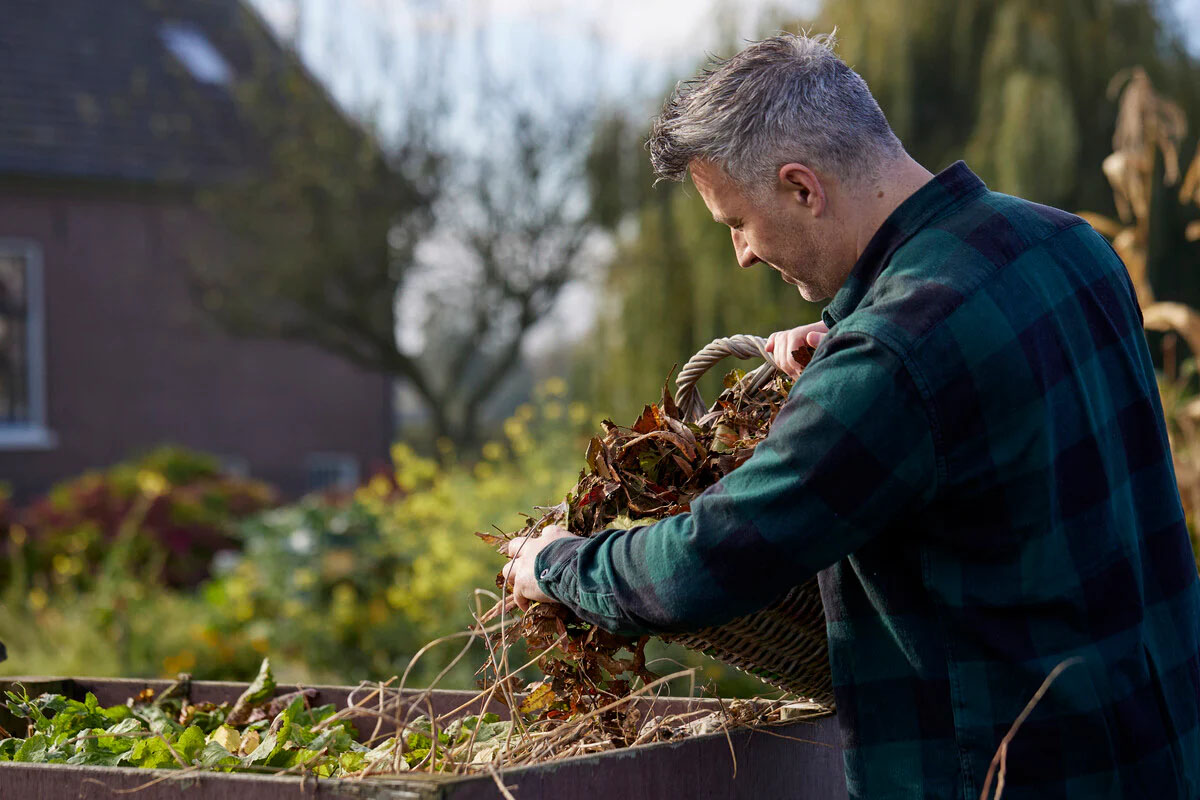

Eco-Friendly Products
Where Should A Compost Bin Be Placed
Modified: January 14, 2024
Learn the best placement for an eco-friendly compost bin to maximize its effectiveness and minimize odors. Discover the ideal locations for your composting needs.
(Many of the links in this article redirect to a specific reviewed product. Your purchase of these products through affiliate links helps to generate commission for Storables.com, at no extra cost. Learn more)
Introduction
Welcome to the world of composting! If you’re considering starting a composting project, one of the key decisions you’ll need to make is where to place your compost bin. The location of your compost bin plays a crucial role in its effectiveness and your overall composting experience. By strategically placing your compost bin, you can optimize the decomposition process, minimize odors, and create nutrient-rich compost for your garden or household plants.
In this article, we’ll explore the various factors to consider when deciding where to place your compost bin, identify ideal locations for placement, highlight areas to avoid, and provide practical tips to ensure that your composting efforts yield the best results. Whether you’re a seasoned composter or just getting started, understanding the significance of compost bin placement can elevate your composting game and contribute to a more sustainable lifestyle.
Key Takeaways:
- Choose a shady, accessible spot with good drainage for your compost bin. Keep it away from direct sunlight, high-traffic areas, and flooding zones to ensure effective composting.
- Consider local regulations, use a stable base, and monitor moisture levels for successful composting. Strategically place your bin near natural windbreaks and rotate its location for optimal results.
Read more: How Often Should I Turn My Compost Bin
Factors to Consider When Placing a Compost Bin
When determining the placement of your compost bin, several important factors should guide your decision-making process. Consider the following aspects to ensure an optimal location for your composting setup:
- Sunlight: Choose a location that receives moderate sunlight. Sunlight helps maintain an ideal temperature within the compost, promoting the decomposition of organic materials.
- Accessibility: Ensure that the compost bin is easily accessible for adding kitchen scraps, garden waste, and turning the compost. Convenience encourages regular maintenance and active composting.
- Drainage: Opt for a spot with good drainage to prevent waterlogging, which can lead to unpleasant odors and hinder the composting process.
- Air Circulation: Select an area with adequate air circulation to facilitate oxygen flow within the compost. Proper aeration supports the growth of beneficial microorganisms and prevents anaerobic decomposition, which produces foul odors.
- Proximity to Garden or Plants: If your primary goal is to use the compost in your garden, consider placing the bin near your garden beds or plants to minimize the effort required to transport the finished compost.
- Neighbor Consideration: Be mindful of your neighbors when choosing a location for your compost bin. Avoid placing it too close to their property line to prevent any potential nuisance from odors or pests.
By carefully evaluating these factors, you can identify an optimal placement for your compost bin that promotes efficient decomposition, minimizes potential issues, and integrates seamlessly into your lifestyle and environment.
Ideal Locations for Placing a Compost Bin
Choosing the ideal location for your compost bin is essential for maximizing its effectiveness and ensuring a smooth composting process. Consider the following optimal locations when deciding where to place your compost bin:
- Backyard or Garden: Placing your compost bin in the backyard or garden is a popular choice, as it provides easy access for adding organic materials and allows you to directly use the finished compost in your garden beds and around plants.
- Near the Kitchen: If you generate a significant amount of kitchen scraps, consider placing a small compost bin near your kitchen for convenient disposal of food waste. This encourages regular composting and reduces the need to transport scraps to a distant composting area.
- Shaded Area: While some sunlight is beneficial, placing the compost bin in a partially shaded area can help regulate the internal temperature, especially in hot climates. This prevents the compost from drying out too quickly and maintains a balanced decomposition process.
- Close to a Water Source: Consider placing the compost bin within reach of a water source, such as a hose or outdoor faucet. This facilitates the occasional moistening of the compost pile, ensuring adequate moisture levels for decomposition.
- Secure, Level Ground: Choose a spot that offers stable ground and security for the compost bin. A level surface prevents the bin from tipping over and provides a sturdy foundation for the composting process.
By selecting an ideal location that aligns with these recommendations, you can create a conducive environment for composting and seamlessly incorporate it into your daily routine, ultimately yielding nutrient-rich compost for your gardening endeavors.
Place your compost bin in a convenient spot with good air circulation, away from direct sunlight and excessive moisture. It should also be easily accessible for adding and turning the compost.
Locations to Avoid for Placing a Compost Bin
While there are several ideal locations for placing a compost bin, it’s equally important to be aware of areas that are less suitable for this purpose. Avoiding these locations can help prevent potential challenges and ensure a more effective composting experience. Here are some locations to steer clear of when deciding where to place your compost bin:
- Direct Sunlight: Excessive exposure to direct sunlight can lead to rapid drying out of the compost pile, inhibiting the decomposition process. It’s best to avoid placing the bin in areas where it will be subjected to intense, prolonged sunlight.
- Close Proximity to Structures: Avoid situating the compost bin too close to buildings, sheds, or other structures. This can impede air circulation and potentially cause moisture-related issues, such as water runoff from roofs affecting the compost pile.
- High-Traffic Areas: Placing the compost bin in high-traffic areas, such as walkways or play areas, can lead to accidental disturbance of the compost pile and may deter people from engaging in composting activities due to inconvenience.
- Areas Prone to Flooding: Select a location that is not susceptible to flooding, as excess water can saturate the compost, disrupt the decomposition process, and create anaerobic conditions, resulting in unpleasant odors.
- Close to Air Conditioning Units: Avoid placing the compost bin near air conditioning units or vents, as the airflow from these systems may introduce unwanted odors into the living spaces of your home or neighboring properties.
By steering clear of these less-than-ideal locations, you can mitigate potential challenges and create a more conducive environment for successful composting, ultimately yielding high-quality compost for your gardening and sustainability efforts.
Tips for Placing a Compost Bin
When it comes to placing your compost bin, a few strategic tips can make a significant difference in the effectiveness and convenience of your composting setup. Consider the following tips to ensure that your compost bin is positioned optimally:
- Consider Local Regulations: Before finalizing the placement of your compost bin, familiarize yourself with local regulations or guidelines regarding composting. Some municipalities may have specific requirements or recommendations regarding the location of compost bins.
- Use a Base or Platform: To provide stability and prevent direct contact with the ground, consider placing the compost bin on a base or platform. This can also aid in controlling pests and preventing the bin from sinking into the soil over time.
- Utilize Natural Windbreaks: If possible, position the compost bin near natural windbreaks, such as hedges or fences, to shield it from strong winds. This can help maintain consistent temperatures within the compost pile and prevent excessive drying.
- Rotate the Location: If you have multiple compost bins or plan to expand your composting efforts, consider rotating the location of the bins periodically. This allows the soil in different areas of your garden to benefit from the nutrient-rich compost.
- Monitor Moisture Levels: Regularly check the moisture levels within the compost pile, especially during dry periods. Adjust the location or cover the bin as needed to maintain optimal moisture for the decomposition process.
- Consider Compost Aesthetics: If aesthetics are a concern, choose a location that balances functionality with visual appeal. Concealing the compost bin with natural screening or within a designated composting area can enhance the overall appearance of your outdoor space.
By incorporating these tips into your decision-making process, you can ensure that your compost bin is strategically placed to promote efficient decomposition, minimize potential challenges, and seamlessly integrate composting into your sustainable lifestyle.
Read more: Where Should Glassware Be Placed
Conclusion
Choosing the right location for your compost bin is a pivotal step in fostering successful composting practices and reaping the benefits of nutrient-rich compost for your garden and household. By carefully considering factors such as sunlight, accessibility, drainage, and air circulation, you can identify an optimal placement that supports the decomposition process and minimizes potential challenges.
When seeking the ideal location for your compost bin, prioritize areas that offer moderate sunlight, accessibility for regular maintenance, and proximity to your garden or kitchen. Additionally, be mindful of locations to avoid, such as areas with excessive sunlight, close proximity to structures, and high-traffic zones, to ensure a smooth composting experience.
Implementing practical tips, such as using a base or platform, monitoring moisture levels, and considering local regulations, can further enhance the placement of your compost bin and contribute to a seamless composting routine. By strategically placing your compost bin, you can actively participate in sustainable practices, minimize waste, and enrich your gardening endeavors with nutrient-dense compost.
Ultimately, the location of your compost bin plays a crucial role in fostering an efficient and rewarding composting experience. Whether you choose to position it in your backyard, near your kitchen, or within a shaded area, the careful consideration of placement factors and thoughtful implementation of tips can elevate your composting efforts and contribute to a more sustainable and environmentally conscious lifestyle.
Embracing the art of composting and thoughtfully placing your compost bin sets the stage for a fulfilling journey of transforming organic waste into a valuable resource for your garden, while actively contributing to a greener, more sustainable planet.
Frequently Asked Questions about Where Should A Compost Bin Be Placed
Was this page helpful?
At Storables.com, we guarantee accurate and reliable information. Our content, validated by Expert Board Contributors, is crafted following stringent Editorial Policies. We're committed to providing you with well-researched, expert-backed insights for all your informational needs.
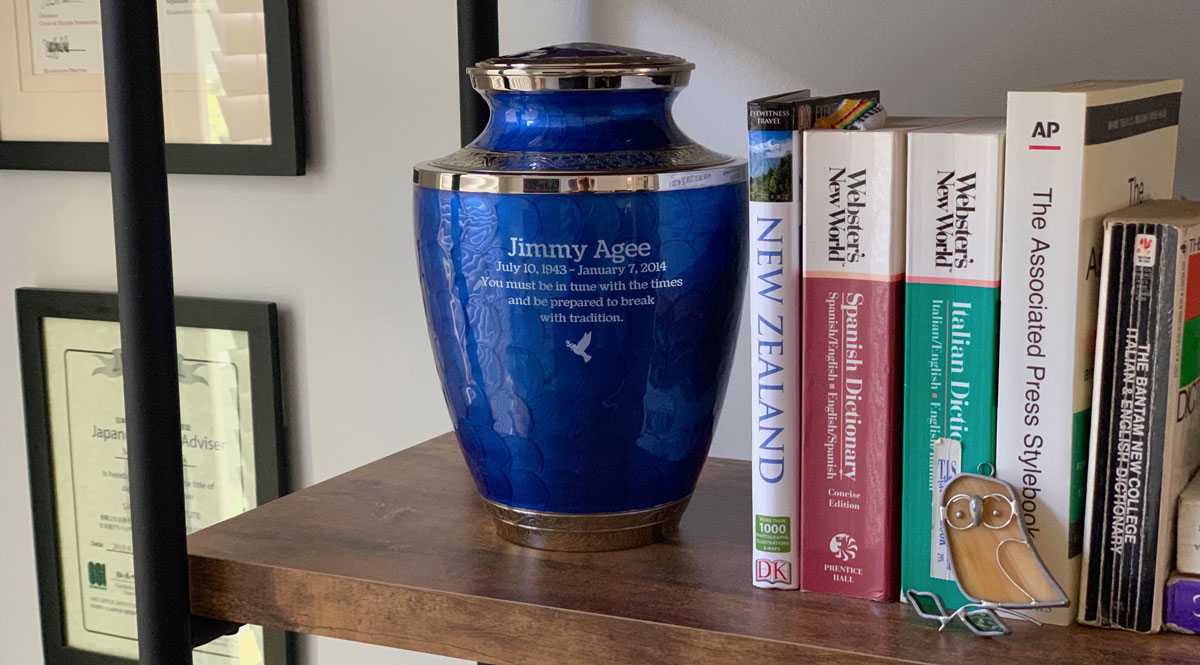
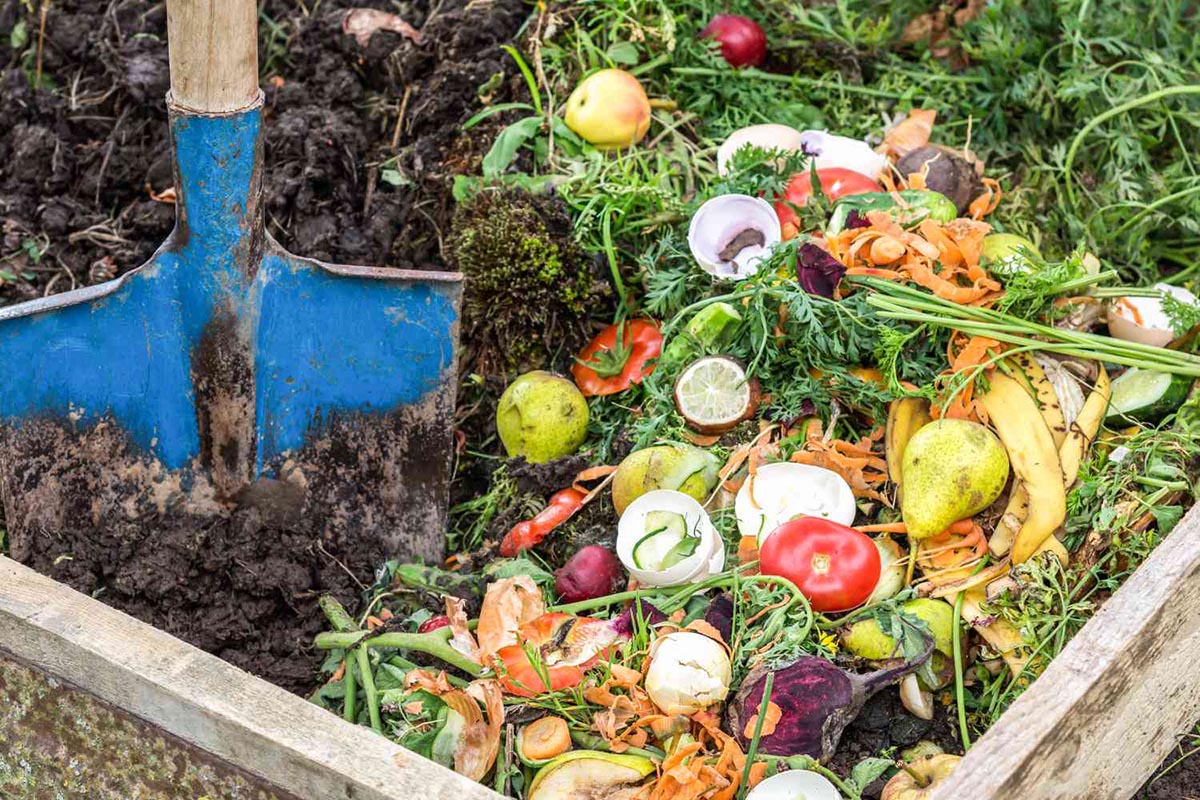

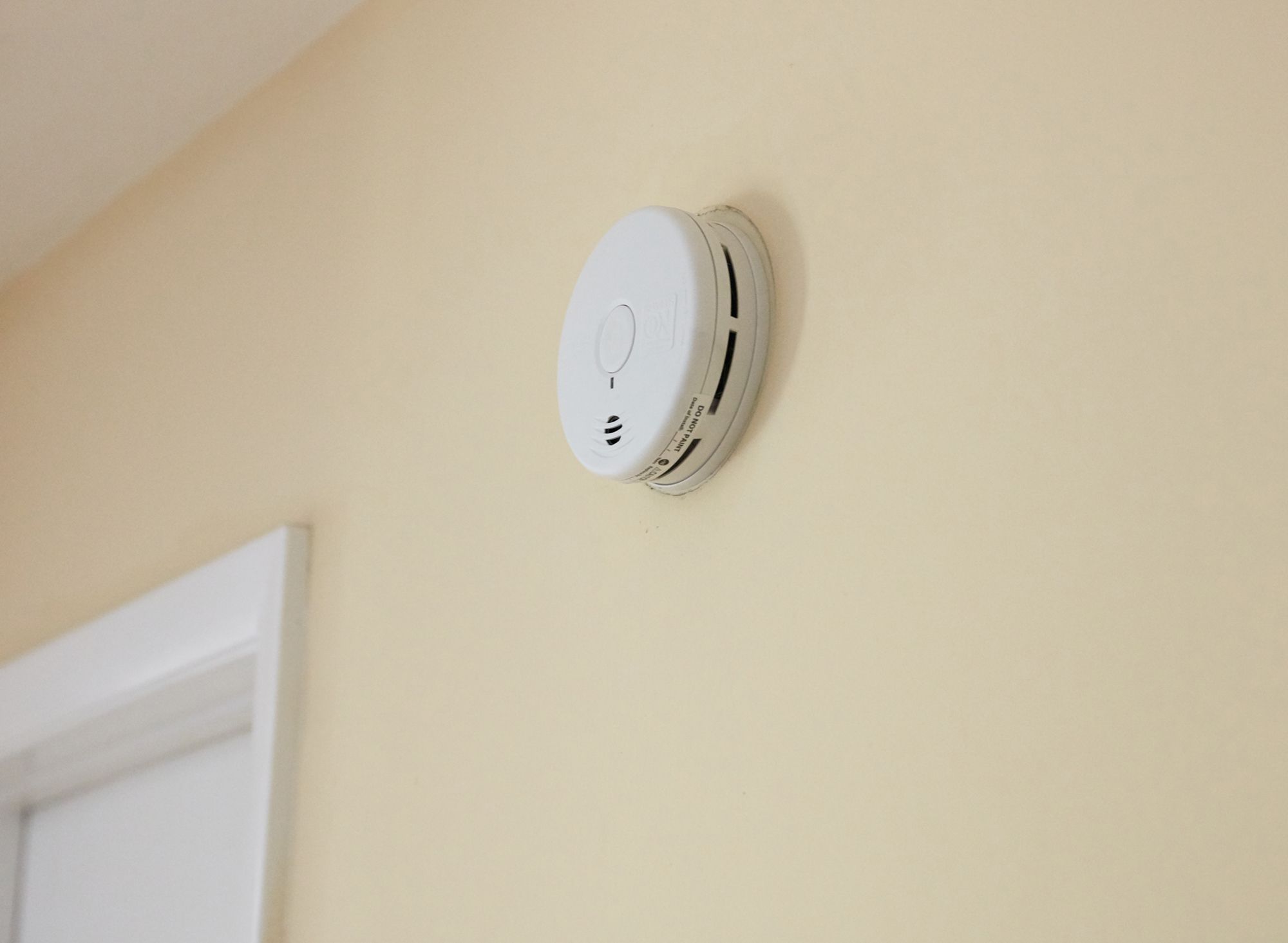
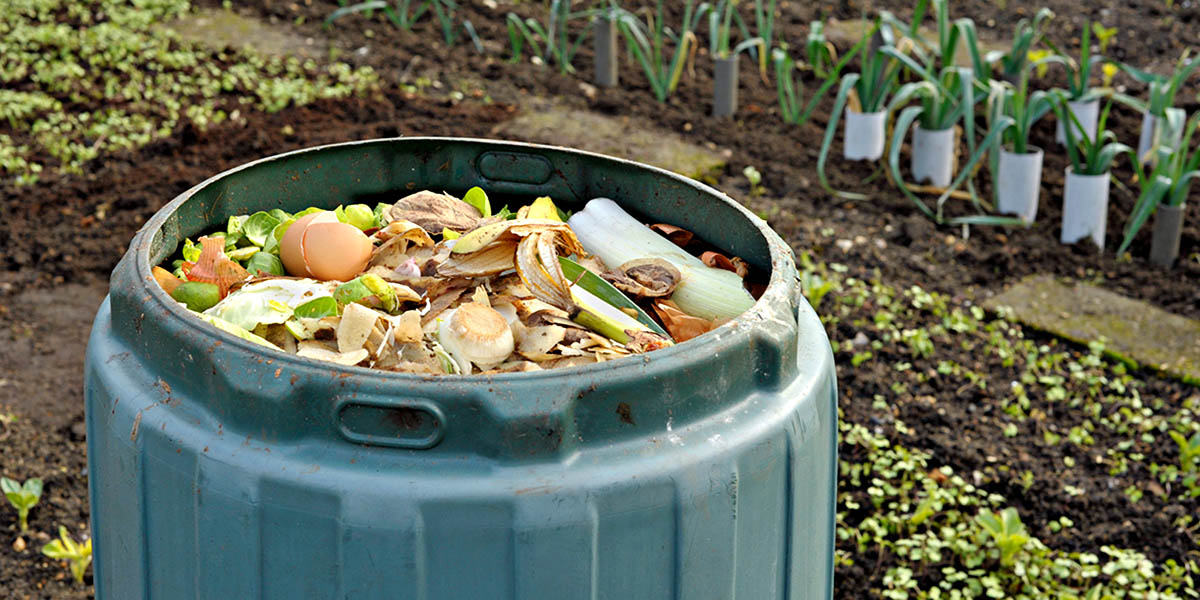
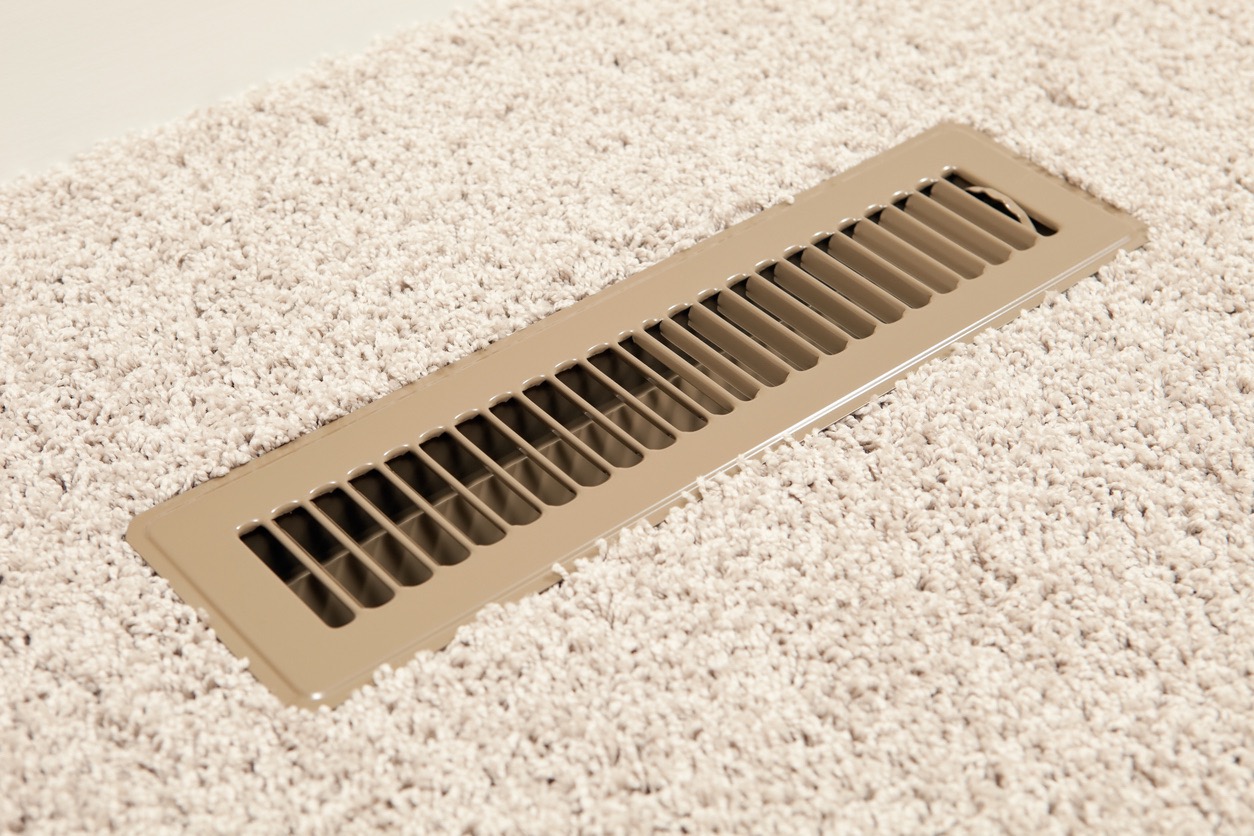
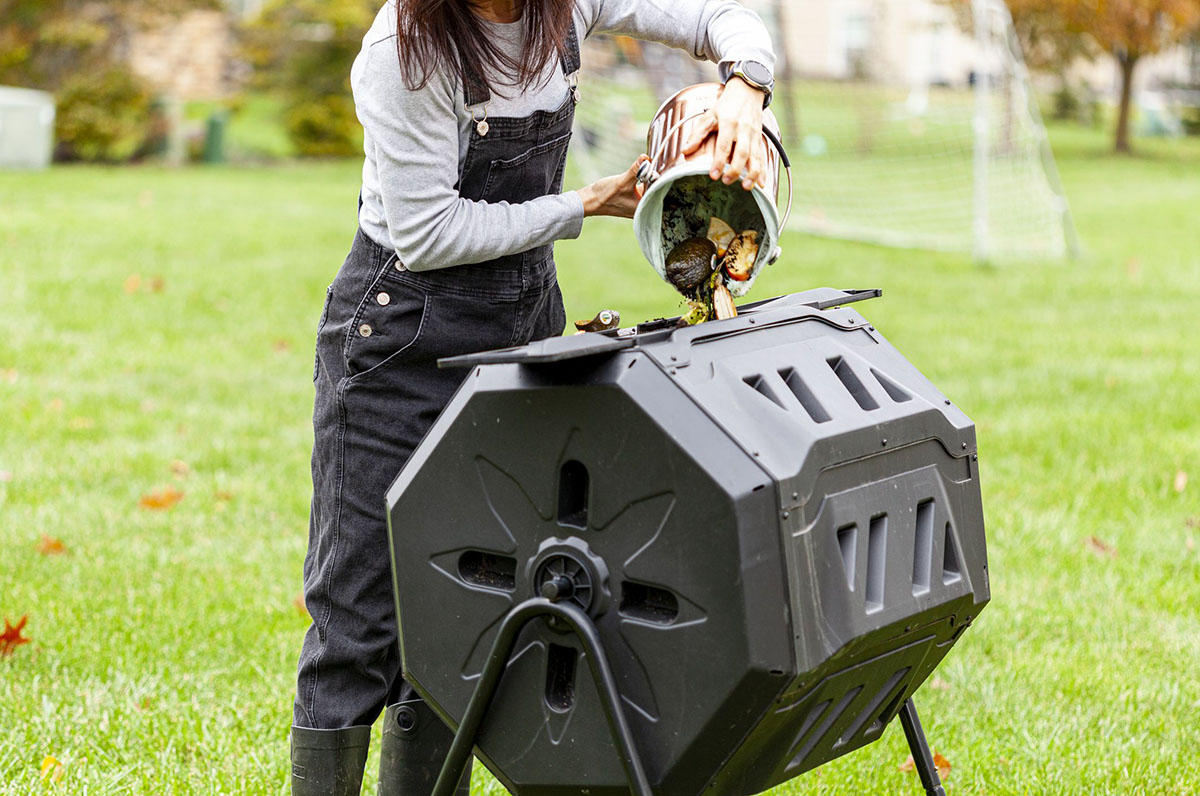
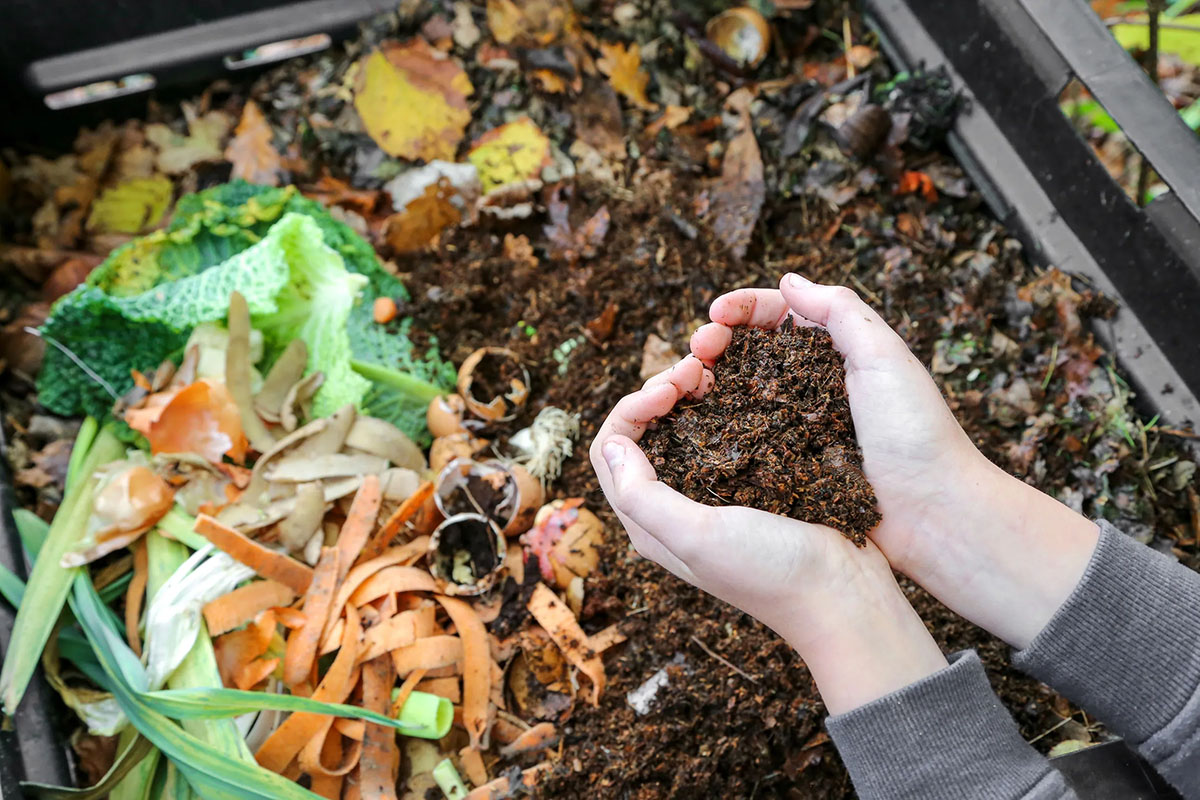
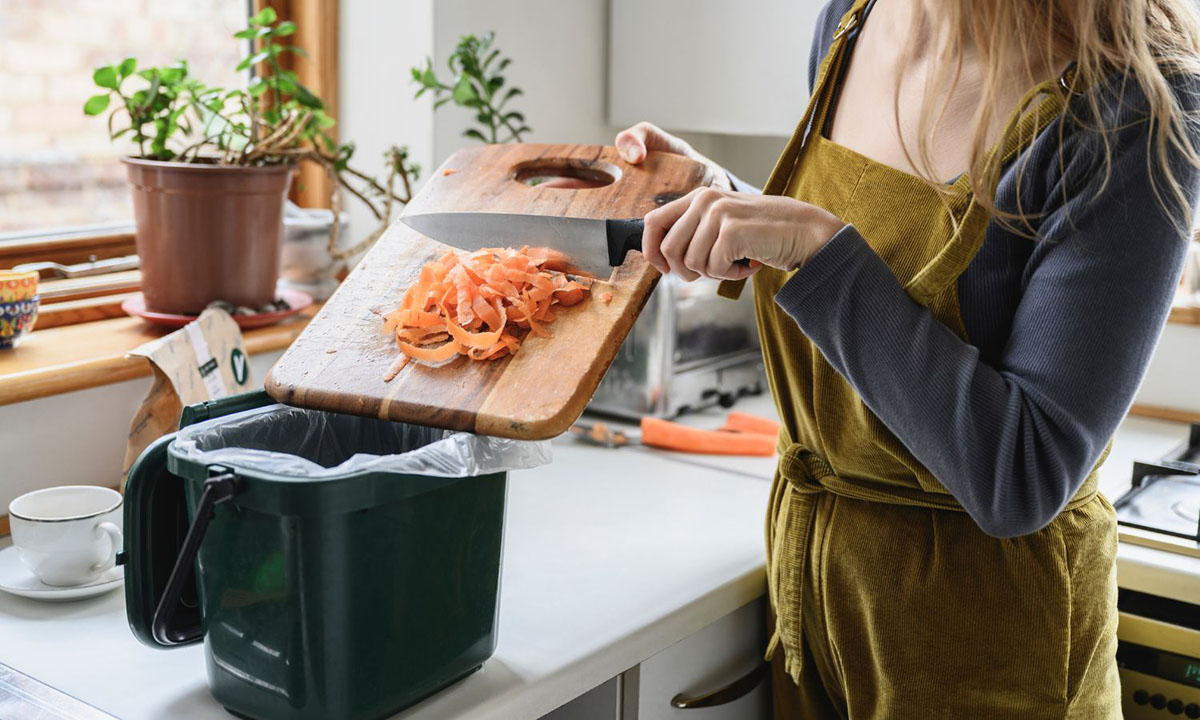
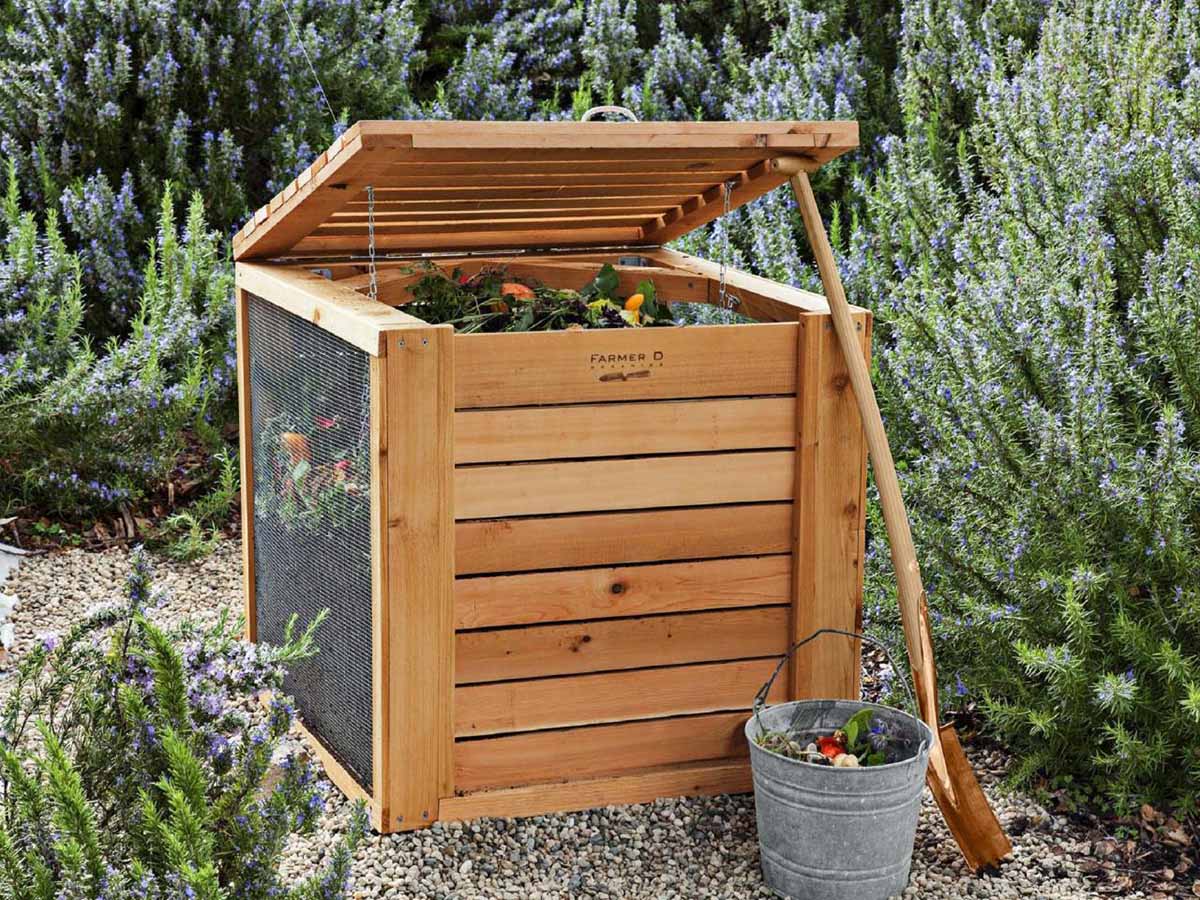
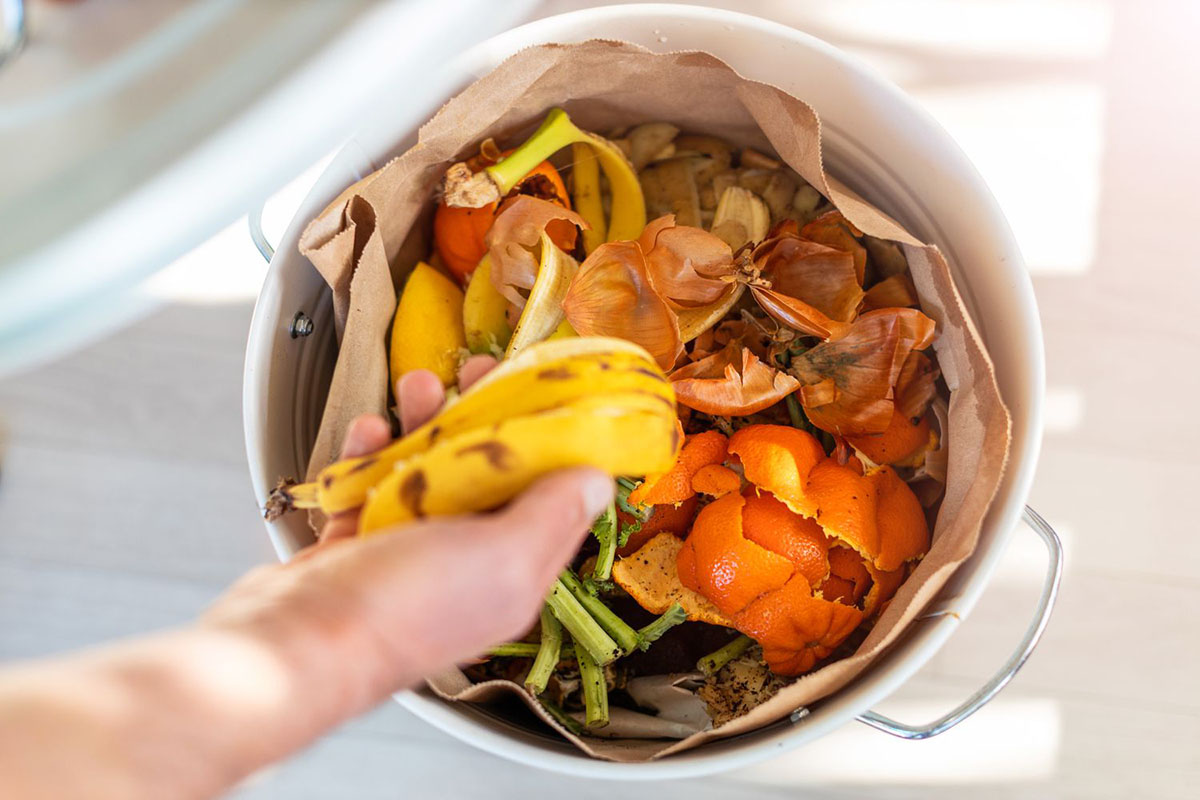
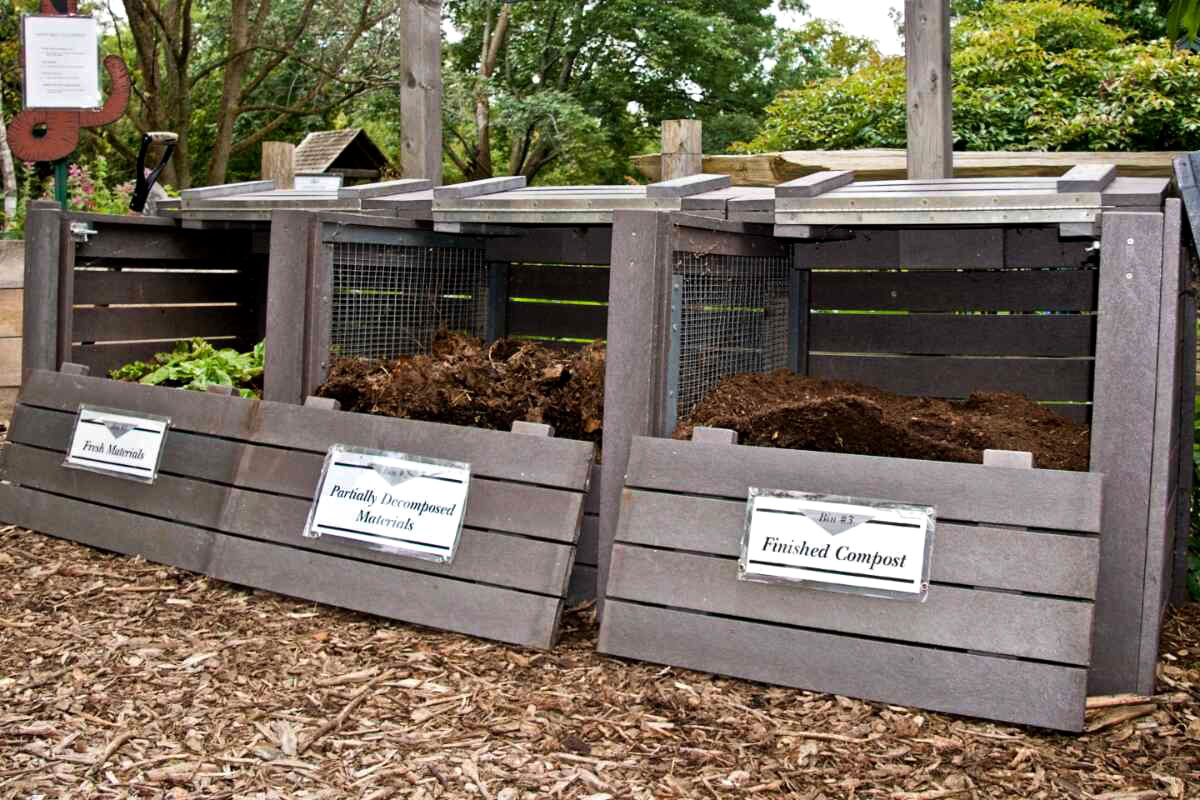
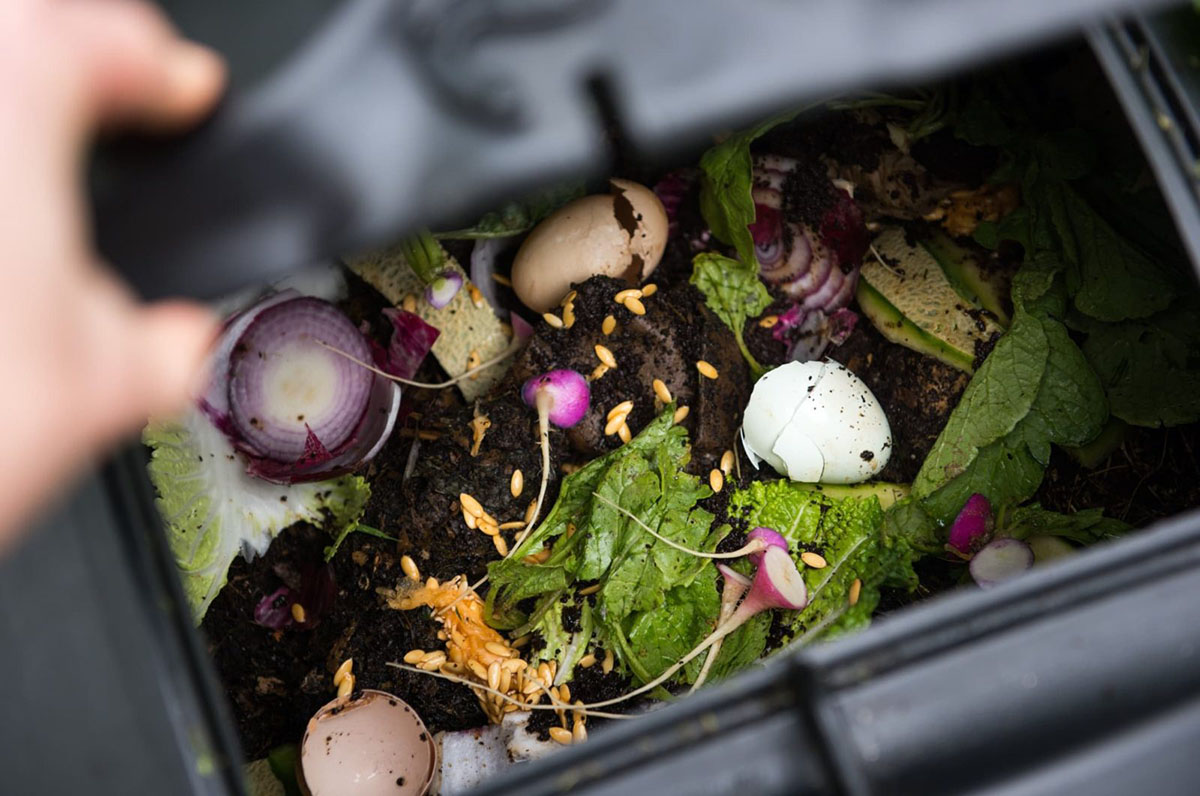
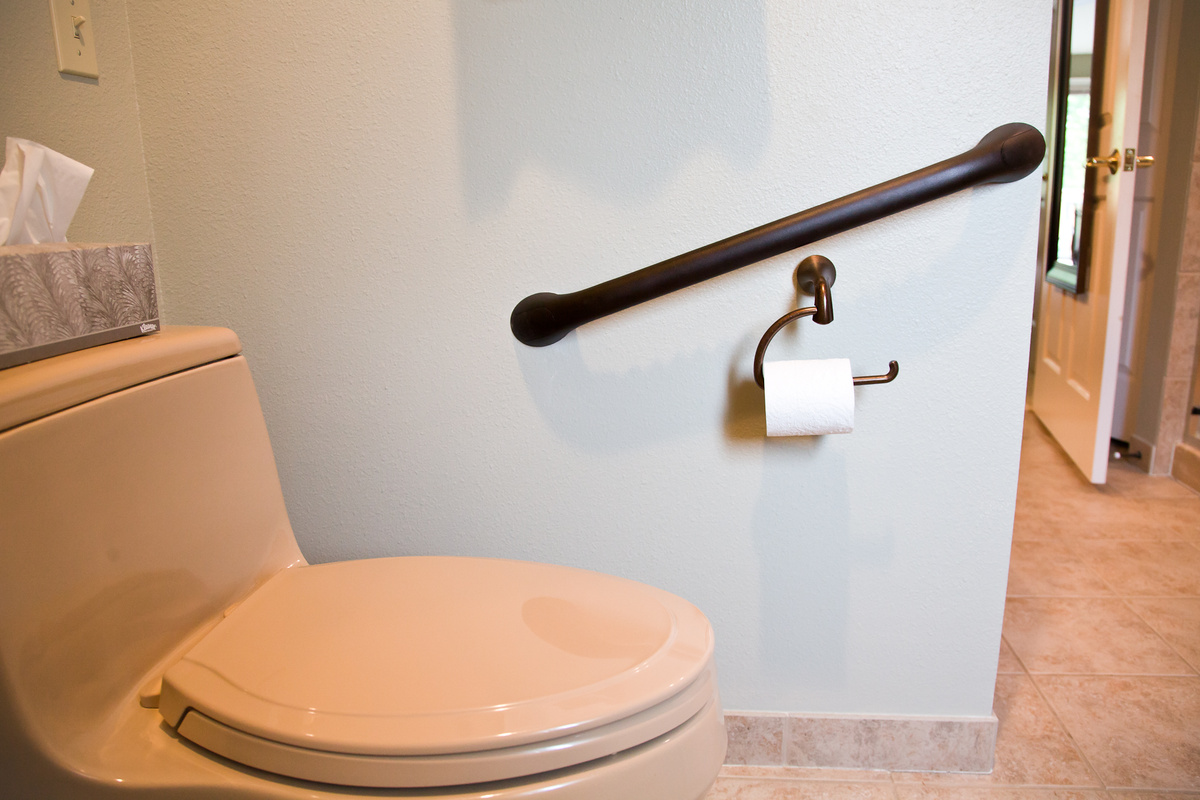

0 thoughts on “Where Should A Compost Bin Be Placed”